Japanese war crimes took place in Korea, China, Malaysia, Indonesia (previously known as the Dutch East Indies), the Philippines, Singapore and other countries in Asia in times of the Second World War. A number of these occurrences have been defined as a Holocaust in the Asian world. Governments and historians from various countries hold the military forces of Japan (Emperor Hirohito in particular) responsible for the crimes and deaths of millions of war prisoners and civilians.
Japanese War Crimes
Nanjing Massacre
The Nanjing Massacre took place in 1937 at Nanking (Nanjing), China. The Japanese looted, raped, burnt and murdered both Chinese soldiers and civilians. About 20,000 Chinese young men were killed outside the city walls, which went down as a massive slaughter. The Japanese soldiers literally looted property from Nanjing residents and raped about 20,000 Chinese women during the first four weeks of the occupation. Those without anything were killed instantly. The international Military Tribunal in the Far East commonly known as the Tokyo War Crimes Trials estimated that a total number of about 200,000 Chinese war prisoners and civilians were killed. Other historians allege that the number could have hit 370,000.
Massive Chemical Weapons Use
The Japanese Imperial Army used chemical weapons like tear gas in their fight beginning 1937 and later in 1938; they advanced with the use of nausea red gas, chlorine, phosgene and Lewisite. Mustard yellow gas was also used against Chinese troops in 1939. The Japanese forces used different chemicals weapons from 1937 to 1939 in various battles. In 1941, the Japanese launched 1,500 red gas shells and 1,000 yellow gas shells that affected 1,600 Chinese soldiers out of the 3,000 who were in a region crowded by civilians of Chinese origin not able to vacate.
Insensitive Human Experimentation
Japanese war crimes are not just limited to massacre. Special units of the Japanese military carried out experiments on Chinese POWs and civilians in the early 1940s. The Unit 731 led by Shirō Ishii subjected these Chinese people to experiments of amputations, vivisection and biological weapon testing. Chinese prisoners were let to freeze outside with their arms exposed and occasionally soaked in water to freeze to a solid state. The arms were amputated while the doctors repeated the procedures on the upper part of the arm connecting to the shoulder and later removed the legs finally leaving a chest and the head, which caused 3000 deaths. The Imperial Japanese Army collectively killed 580,000 people.
Attack on Pearl Harbor
This incident took place on December 7, 1941. Several hundreds of fighter planes owned by Japan attacked the United States’ naval base located at Pearl Harbor, Hawaii. The attack lasted for only two hours destroying about 20 vessels, including 200 airplanes and 8 huge battle ships. This led to over 2000 deaths and another 1,000 injured American sailors and soldiers. Led by Franklin D. Roosevelt, president of the United States at that time, Congress declared war on Japan. Allies to Japan, Italy and Germany joined in the fight against the United States.
Death at the Railway
This incident took place between June 1942 and October 1943. The Japanese endeavored to get another line of supply to keep their forces in Burma since their ships were exposed to raids. This led to the building of a 415-Km railway connecting Burma from Thailand. About 60,000 Allied POWs were used along with 200,000 slave labor conscripts from Asia. The construction lasted a year and many of those involved in the construction died due to the harsh working conditions and brutal treatment. About 13,000 POWs together with Asian workers between 80,000 and 100,000 died in the process. This was only the start of worse Japanese war crimes in wait.
The Ruthless Akikaze Executions
This incident occurred on March 18, 1943. Japanese military forces executed German civilians on a boat whom they suspected to be spies. It started after Akikaze; the Japanese demolisher voyaging to Rabaul, a Japanese stronghold took Chinese civilians and German missionaries in the Manu and Kairuru South Pacific islands. On their way, the ship captain was given instructions to kill the 60 people on board. The Japanese did this quietly by leading everyone to the rear part of the ship where they were shot and thrashed. The victims could not suspect anything due to the noise of the ship and the blowing wind.
The Raid Massacre in the Indian Ocean
This incident took place on March 18, 1944. On this occasion, the British merchant ship Behar was sank by the heavy cruiser Tone capturing 108 survivors. After a tussle between the Japanese personalities, the survivors were grouped into two groups of 72 and 36 members. The 36 member-group had the Behar’s captain along with other highly ranked personnel. Mayuzumi took them to the other ship and set them free. The group of 72 was beheaded by the Japanese on the fall of darkness. Their bodies were later thrown into the sea. Sakonju was hanged later on as Mayuzumi was sentenced to seven years in jail for his brutal doings.
The I-8 Submarine Ship Attacks
The incidents took place on March 26 and July 2, 1944. The I-8 submarine went down in history for sinking two related ships. The conduct of the crew was terrible following the repercussion. On the first occasion, the submarine sank a Dutch freighter Tsijalak at the Colombo coast in Sri Lanka. The 103 survivors onboard were later attacked by the Japanese using sledgehammers and swords. Those still alive were bound and left to die on deck. Later on, only 5 of the victims survived the torment. Later on in July 2, the Japanese wrecked Jean Nicolet, a US cargo ship. Out of more than 100 prisoners, only 24 survived.
The Gruesome Palawan Massacre
On December 14, 1944, 150 prisoners of war were burnt by the Japanese Fourteenth Area units using gasoline in refuge trenches. The Japanese commander, General Tomoyuki Yamashita had initially ordered the driving of the POWs to the camp. The prisoners who made an effort to escape were hardly hit with machine gun shots. In the attack, 139 prisoners were killed with only 11 of them managing to escape. Following the attack, a memorial was erected on the scene. Japanese soldiers were later to be tried in 1948 for the gruesome killing.
The Manila Massacre
The Manila massacre, one of the most brutal Japanese war crimes, was carried out by Japanese forces at Manila between February and March in 1945 towards the end of WWII. Although there were internal wrangles within the Japanese forces and challenges from the United States, the Japanese succeeded to rape and kill. They gunned down people and burnt buildings, trapping inhabitants in them. The Americans intervened to stop artillery strikes to make the Japanese surrender, but were adamant to do so. About 100,000 people died, including the Japanese city defenders. The Manila massacre left the city as one of the associate’s most destroyed capital cities, coming in second after Warsaw.
- 1.


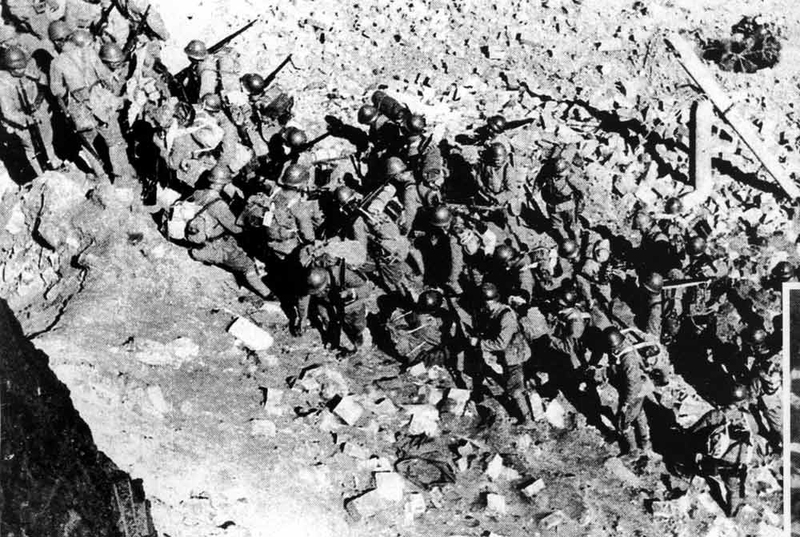
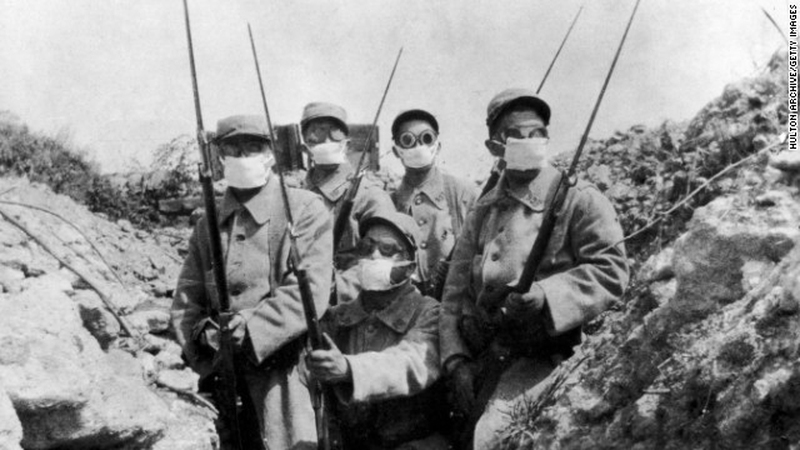
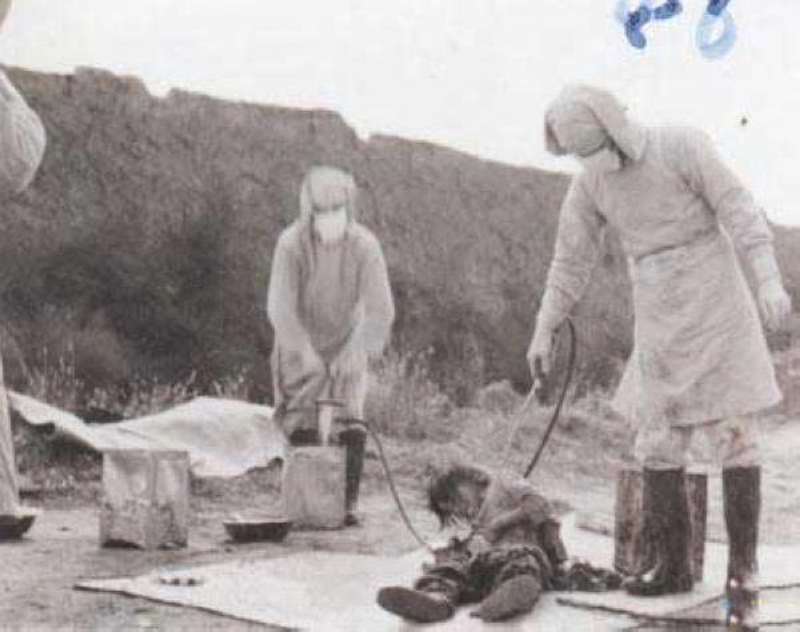
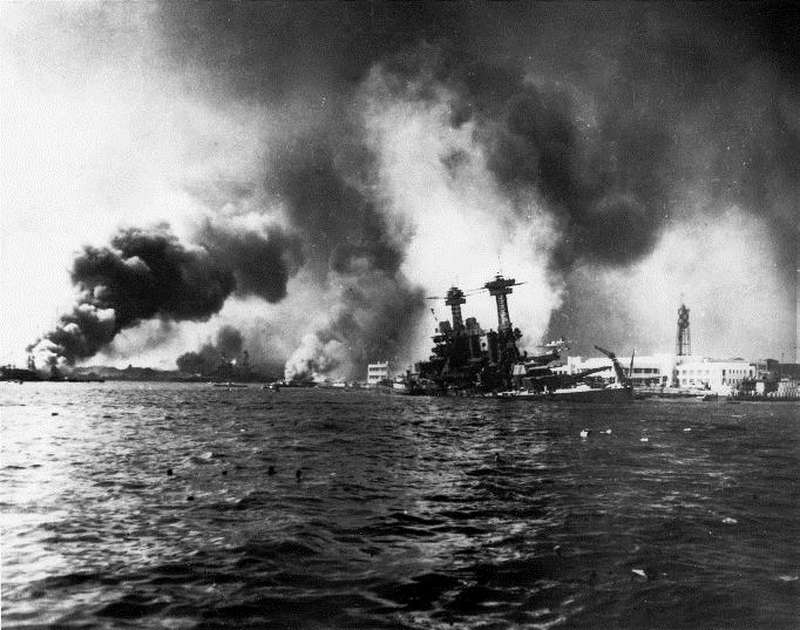
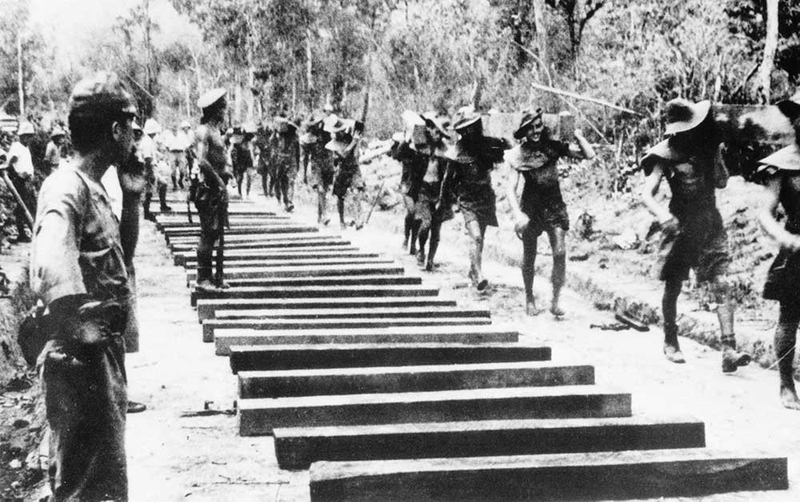
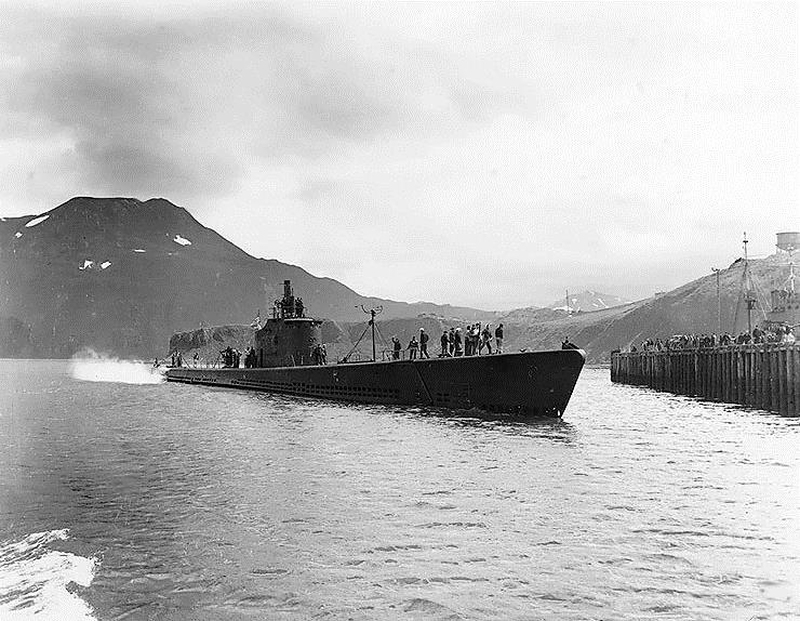
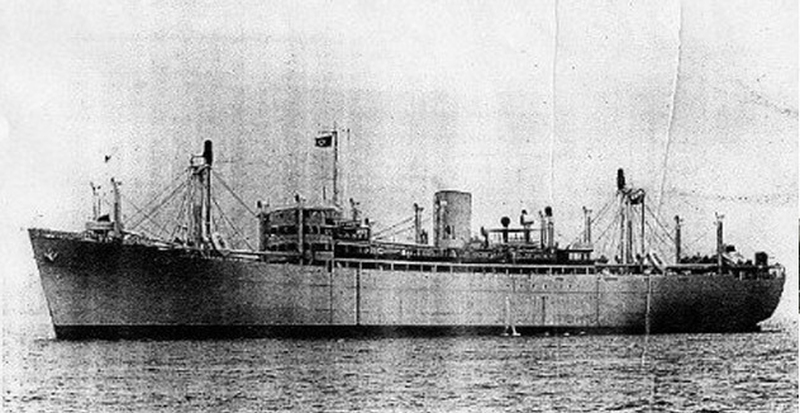
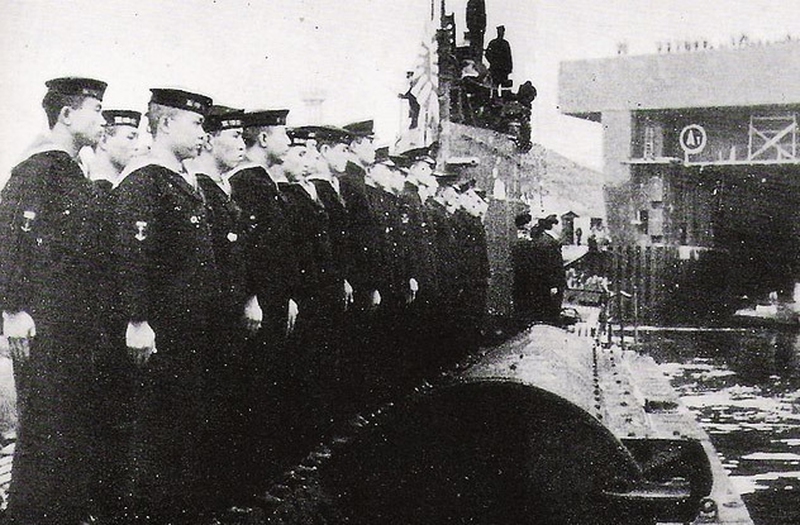
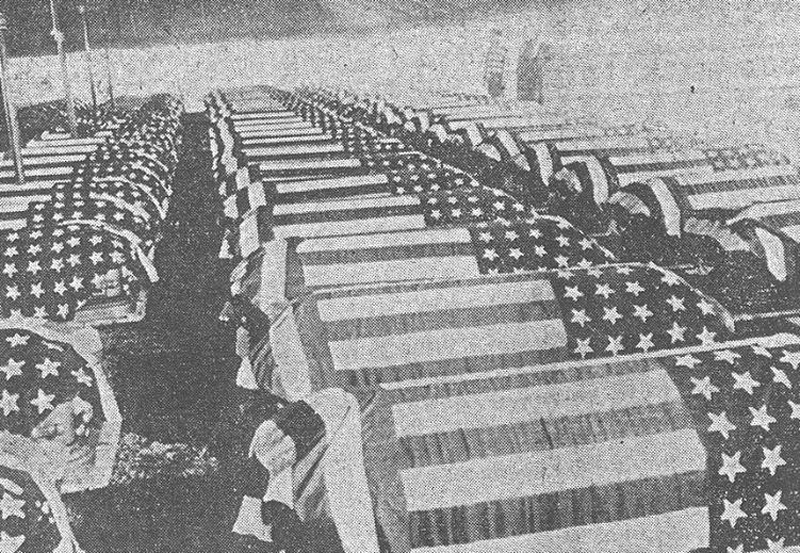
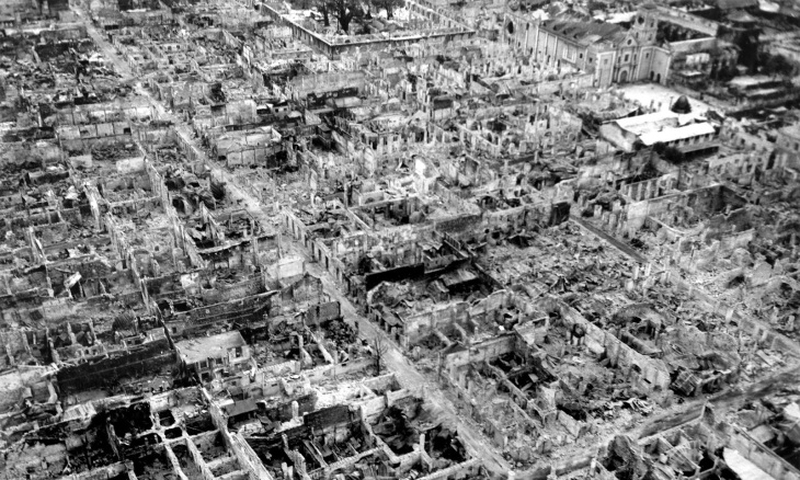
View All Comments /Add Comment